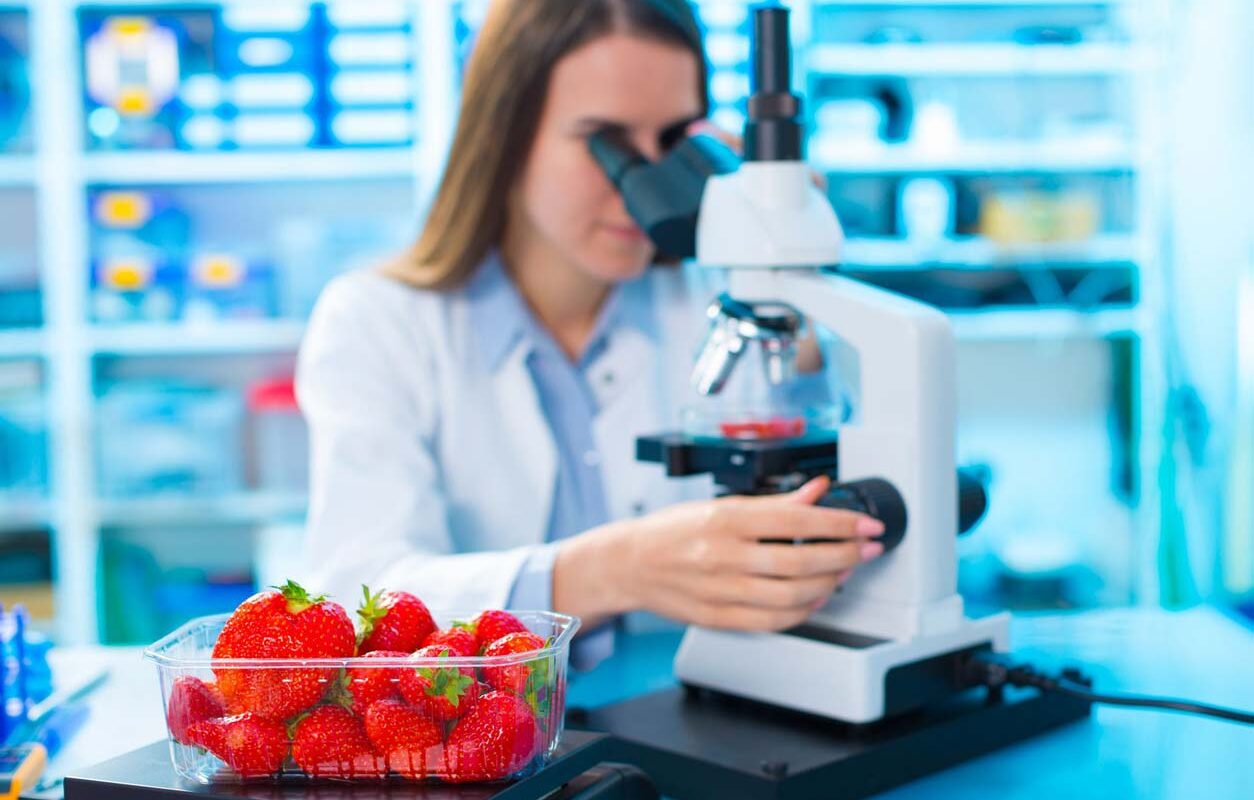The food industry today is more focused than ever on ensuring the safety of the food products being manufactured and sold. Various harmful pathogens, contaminants and other issues can jeopardize the safety of food if proper precautions are not taken at each step of the production process. This has led to rapid advancements in food safety products that aid testing and screening of food.
Pathogen Detection Technologies
One of the primary concerns in food safety is detecting the presence of harmful pathogens like Salmonella, Listeria, E.coli and others that can cause foodborne illness. Several rapid testing technologies have been developed that can detect pathogens in a matter of hours instead of days. Lateral flow immunoassays use antibodies to detect pathogens in samples. PCR (polymerase chain reaction) based methods can amplify and detect even low levels of DNA from pathogens. Hyperspectral imaging uses light scattering patterns to detect pathogens visible to the naked eye on food surfaces. ATP bioluminescence measures ATP (adenosine triphosphate), which is present in all living cells, to detect cleanliness of surfaces and equipment. These pathogen detection products enable testing of raw materials, semi-processed and finished foods to prevent contaminated food from reaching consumers.
Allergen Testing Equipment
Another critical area under Food Safety Products and Testing where advanced testing is required is for common food allergens like peanuts, tree nuts, milk, eggs, soy, wheat, fish and shellfish. Even trace amounts of allergens can cause life-threatening reactions in susceptible individuals. ELISA (enzyme-linked immunosorbent assay) kits use antibodies to test for allergen residues leftover during food production changes between product runs. PCR methods have also been developed to detect specific allergen DNA fragments. Hyperspectral cameras can identify allergen residues on food contact surfaces. These allergen testing equipments and kits play a major role in validating that facilities producing both allergen-containing and allergen-free foods are effectively controlling cross-contamination risks.
Heavy Metals and Toxins Screening Devices
Environmental pollutants and heavy metals like arsenic, cadmium, lead and mercury are also potential food contaminants that must be controlled. Several portable XRF (X-ray fluorescence) spectrometers are used for on-site heavy metal screening of foods, packaging materials, water and environmental samples. ELISA kits are available for mycotoxins like aflatoxins, deoxynivalenol, fumonisins and others produced by molds growing on agricultural commodities. Ion chromatography systems can accurately detect heavy metals and minerals. These heavy metals and toxins screening products are essential tools for commodity testing, import screening, monitoring environmental hazards and ensuring compliance with regulations regarding maximum permissible limits.
Adulteration Checks
Economically motivated adulteration where cheaper substitutes are added to extend valuable food ingredients is also a serious concern. Near infrared spectrometers rapidly analyze the chemical composition of samples for authentication of ingredients. DNA-based testing can determine species identity in meats and verify labelling. Imaging tools like X-ray machines are used to detect foreign objects or contaminants mixed into food products. Analytical tools like liquid chromatographs combined with mass spectrometers provide fingerprinting of chemicals for adulteration detection. These sophisticated food adulteration testing instruments aid regulators and enforcement agencies in detecting fraudulent practices in the food supply chain aimed at financial gains over consumer safety.
Food Packaging Analyzers
Food contact materials like packaging must also be analyzed to ensure they do not leach harmful chemicals into foods over storage lifespan. Fourier transform infrared spectrometers can rapidly detect chemical fingerprints of packaging materials to identify the constituents. Gas chromatography-mass spectrometry identifies and quantifies specific hazardous chemicals migrating from packaging materials into food simulants. These tests are conducted as per international standards to measure migration levels of chemicals like BPA, phthalates, styrenes and others known to have adverse health effects. Such food packaging testing products support compliance with global food contact material regulations.
Nanoparticle Detection Methods
An emerging area of concern is inadvertent nanoparticulate matter introduced into foods during production or from packaging materials. Nanoparticles can potentially induce unintended human and environmental risks. Techniques like asymmetric flow field flow fractionation coupled with multi-angle light scattering quantify and characterize the size distribution of nanoparticles in complex matrices. Field-flow fractionation is a separation method useful for detection of engineered nanoparticles added intentionally for food applications as well as incidental nanoparticles. These novel nanoparticle detection products facilitate monitoring and safety evaluation of nanomaterials in foods and their interactions.
Research Tools to Study Food Pathways
Fundamental research into causes of foodborne illness outbreaks and implementation of preventive strategies also relies on advanced analytical testing tools. Optical and electron microscopy reveals microbial attachment and biofilm formation on food contact surfaces. Next generation DNA sequencing deciphers genetic changes in foodborne pathogens and their transmission patterns. Flow cytometry studies dynamic interactions of microbes with food ingredients. Biosensors continuously monitor pathogen levels, ATP, pH and other parameters in food processing environments. Such cutting-edge research instruments expand our understanding of routes by which contamination occurs to strengthen food safety management systems on farms, in facilities and across supply chains.
*Note:
1. Source: Coherent Market Insights, Public sources, Desk research
2. We have leveraged AI tools to mine information and compile it




